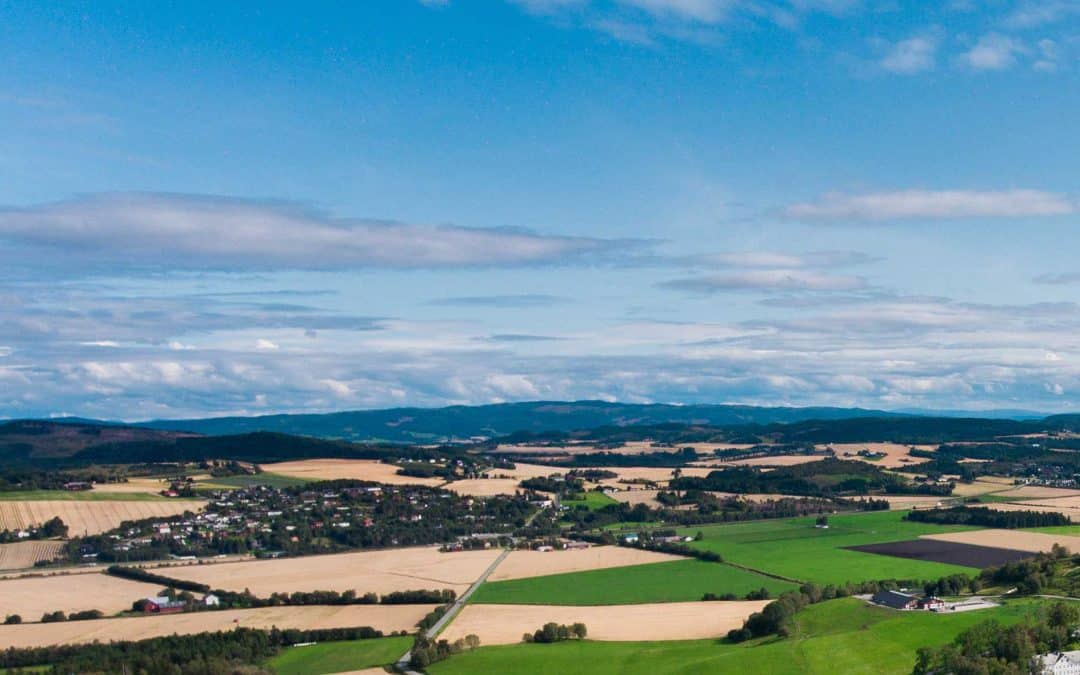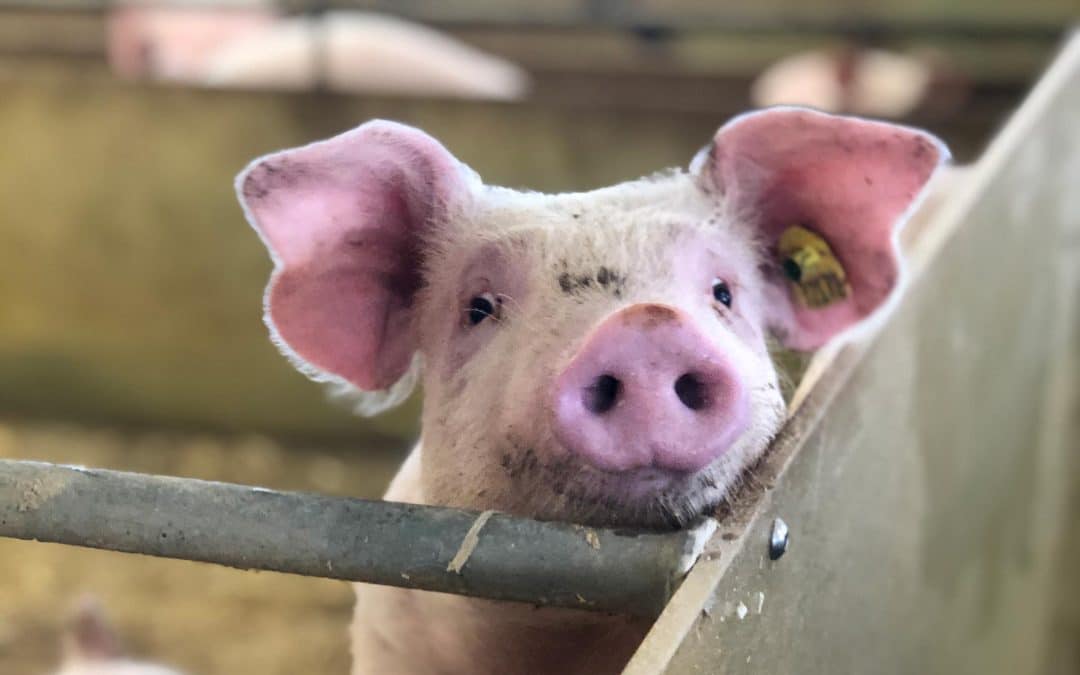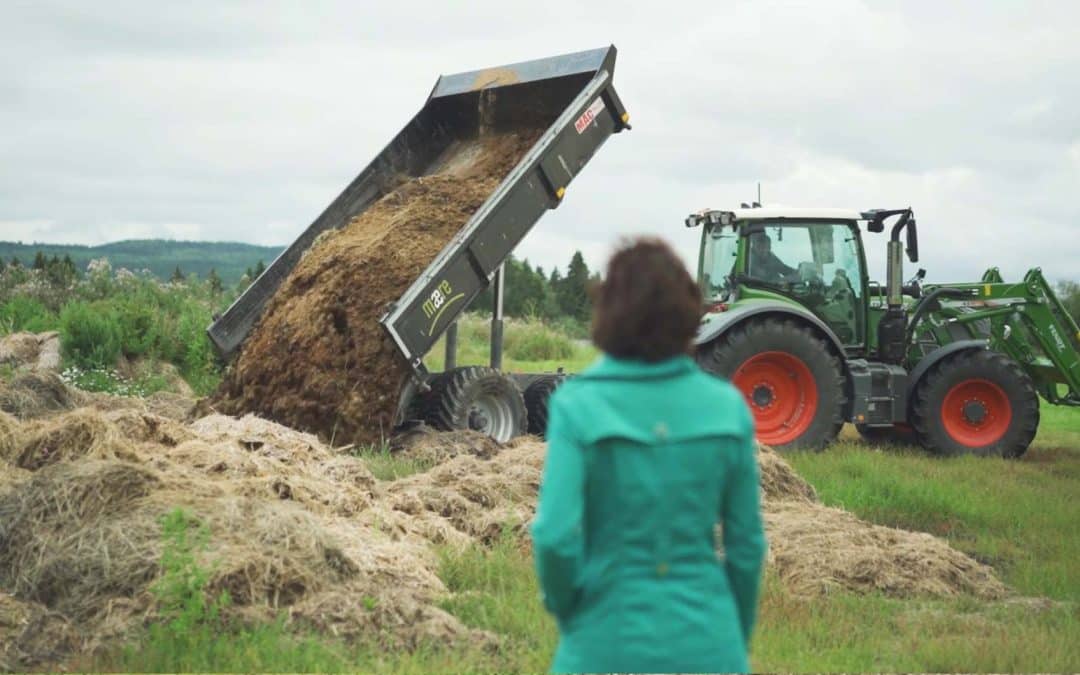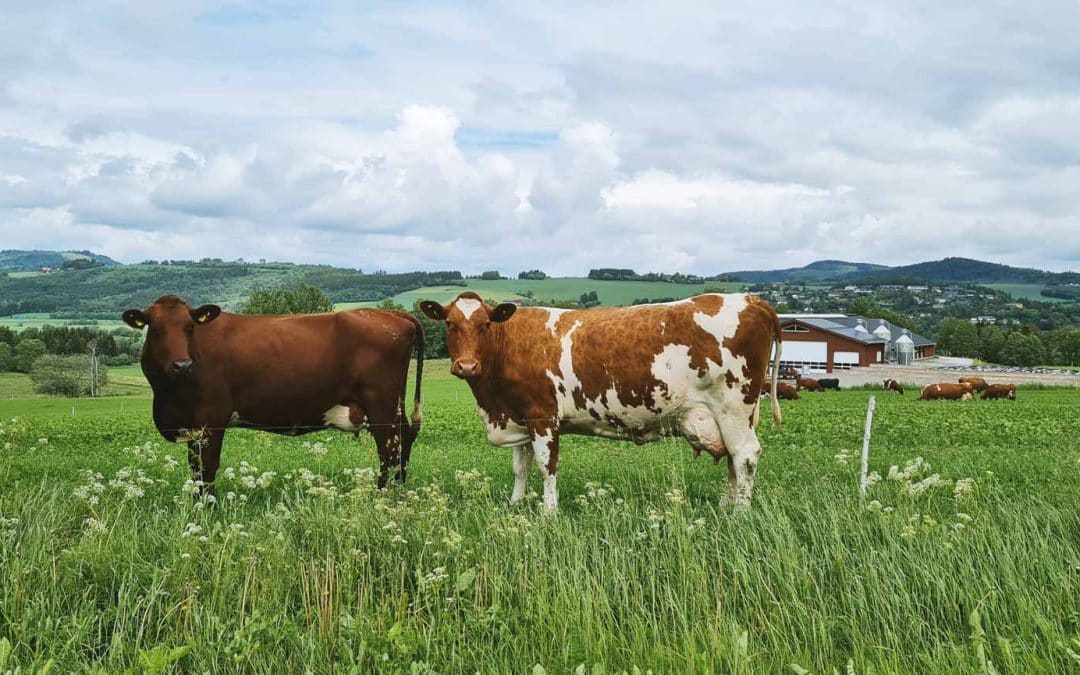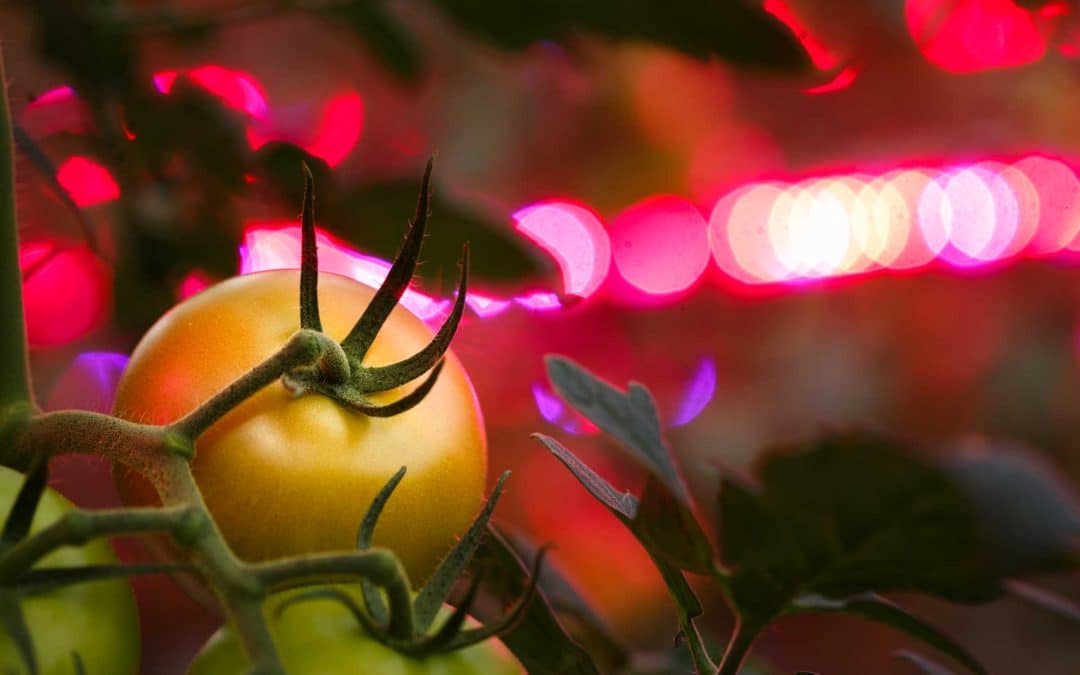
by Tove Hatling Jystad | Mar 24, 2023 | Domestic animals, Carbon storage, Methane reduction
On behalf of Mære agricultural school, NIBIO has prepared a report on which measures may be relevant to implement to reduce emissions of greenhouse gases from the farm operations at Mære agricultural school. The report is part of the project "Nullspällingsgården Mære". Data from...

by Tove Hatling Jystad | Mar 24, 2023 | Domestic animals
We get a happier pig if we add root material such as hay, straw, peat or pellets. Ellen Marie Rosvold is a researcher at Nord University. On behalf of NMBU, she has recorded how fattening pigs react to different types of root material. In this...

by Tove Hatling Jystad | Mar 24, 2023 | Biogas, Biochar, Carbon storage, Composting
How can we handle old silos, tallow and horse dung, grass residues, animal manure and tomato residues from the greenhouse in the most sustainable way possible? In RESTORE, we look at how we can utilize biochar, biogas, compost as technologies for a more sustainable handling....

by Tove Hatling Jystad | Mar 24, 2023 | Domestic animals, Methane reduction
The breeding company Geno is breeding a dairy cow with less methane emissions. "The climate contribution could perhaps be as much as 10% lower emissions from milk production over a 10-year period, and if we succeed, we can reduce emissions that constitute a significant contribution of agriculture's overall...

by Tove Hatling Jystad | Mar 23, 2023 | Energy measures, Green plants
With LED lights in red and blue colors placed between the tomato plants in our greenhouse, the yield of tomatoes increases. Primarily because the tomatoes get bigger. Half the tomato department has intermediate lighting in addition to traditional lighting from the roof and harvested tomatoes on both...